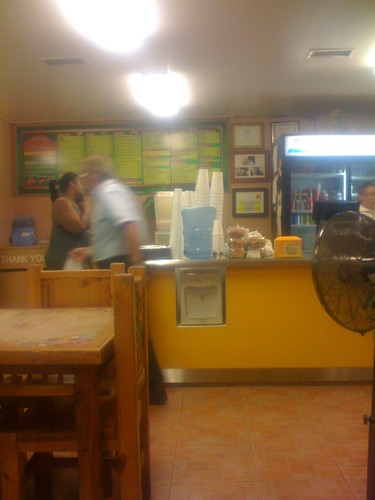
Seeing as to how our last couple of reading group meetings continue to get bumped, postponed, and canceled, I’ve decided we’re making the jump online for the discussion of The Dialectics Seeing by Susan Buck-Morss. I’m encouraging all of our members to type up and respond to each other at least a couple of times, and I’m hoping this may be a more lasting way to capture a few fleeting thoughts from anyone else with a passing interest in the reading group’s approach.
I figure I’d offer a few comments and questions and hope others jump in over the next week or so.
That being said, one of the drawbacks of assembling this reading list is not knowing exactly how well each book will fit with one another. And while I’d often imagine the likes of Graeber or Pinker getting into arguments with other authors throughout the process, I wasn’t sure how ol’ Benjamin would play out … and I’m still not sure. Personally, I really like the method that Benjamin took in plotting out the Arcades Project. The notion of gluing together cobbled thoughts and observations into a new realm of reflection really highlights one of the aims I had with regards to this reading group in general. Similarly, I’ve been rather fascinated by “lowbrow culture” and Benjamin’s mining for overarching relevance in the tawdry shops of Paris and in the underbelly’s working class feels rather appropriate. Benjamin would totally love talking about viral youtube videos, Batman, and FNMTV.
There are a ton of places in the text I’d want to tease out as a group, but thought for starters to just offer two questions:
1. Chapter 8 focuses around children and their “capacity for revolutionary transformation” (265). [Question mark placed here after something wise and scholarly is said and everyone nods in total understanding.]?
2. I am interested in the lessons that the city is teaching its inhabitants. Specifically, we see in both the text and the photographs that “Function became visible” (295). Yes, I realize this is a big part of that whole modernism thing that people that wear funny hats like to talk about. This pedagogy of process and use still feels embedded within our current [(post{post})post] post modern society (I get lost and forget which society we’re in every now and then … sorry). How are our current surroundings reflections of where societal pedagogy is progressing?
Lastly, by its very nature, the work described in Buck-Morss’ text is of a very specific time and place (although there is that pesky ur- prefix). I’ve been playing around with the notion of constructing something like a “Manual Arts Project” or an “LAUSD Project” utilizing the architecture of our schools, the social topography of our communities, the sounds of phones and helicopters and bells and laughter. I feel words like montage and pastiche are presently burdened with pejorative connotations – that such a patchwork project wouldn’t gather any kind of academic wings to take flight. But who cares! I digress (ah the digital gluttony of a blog!), I bring this up to ask what would something like the Arcade Project look like if it were to be made manifest here and now? What are our mythic archetypes? Our wish images of today? Do we still saunter beyond the pace of you’re average gangster leanin’, baggy pants wearin’ flâneur?
[Note: image from above is of “Destiny City,” an ecotopia being carried by a few of its creators.]









